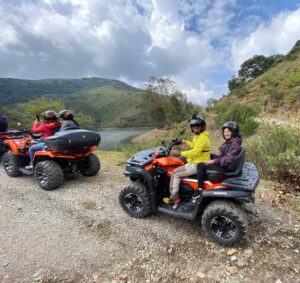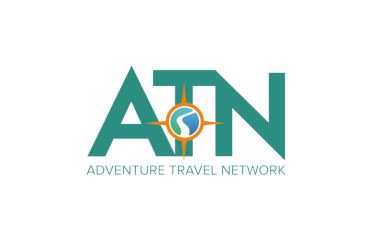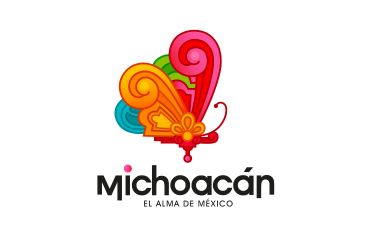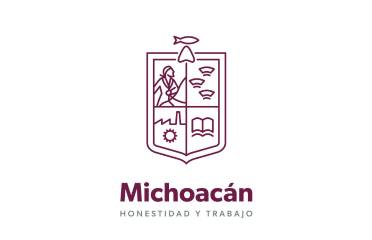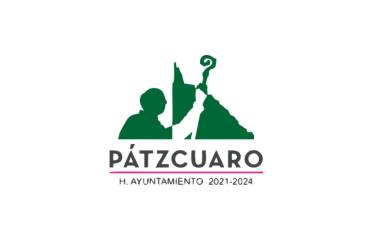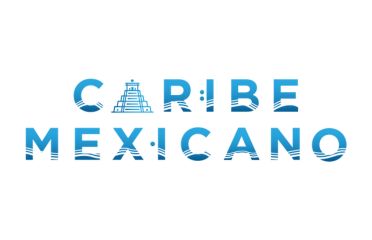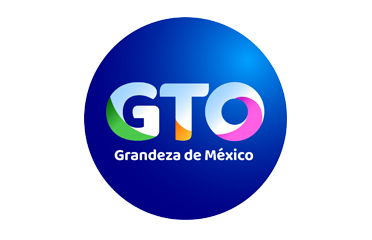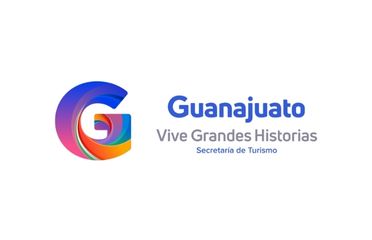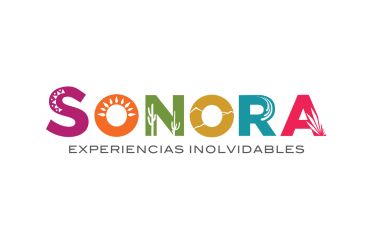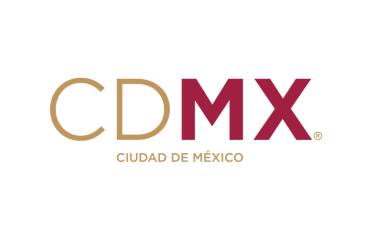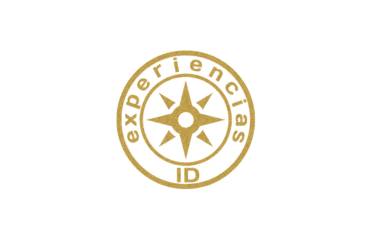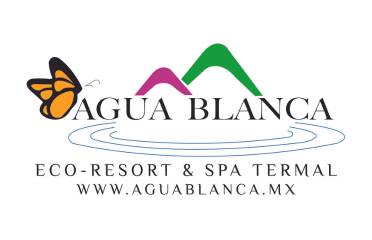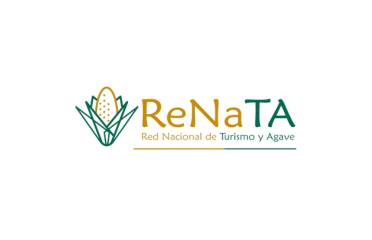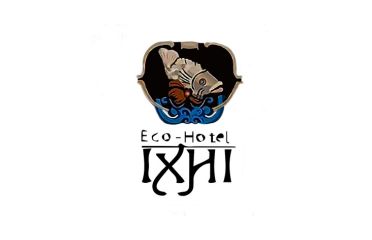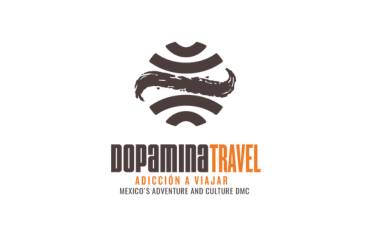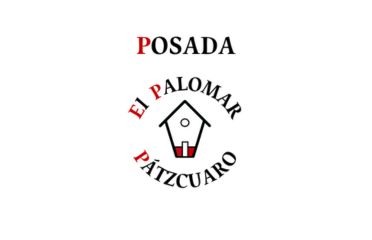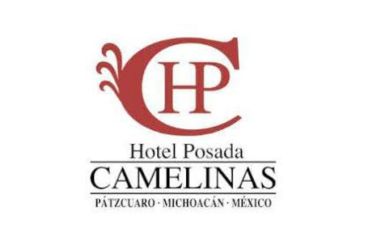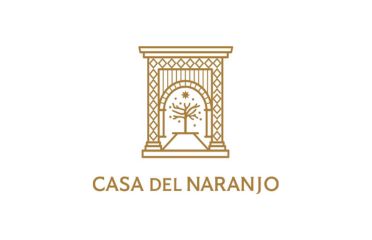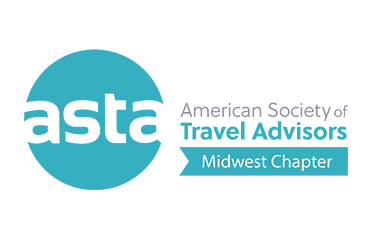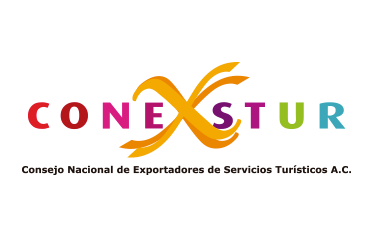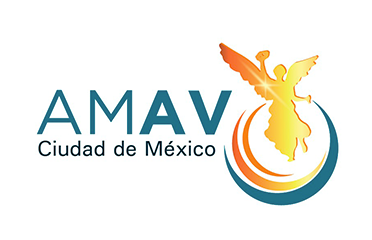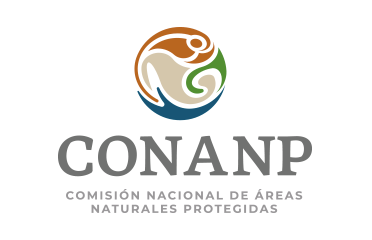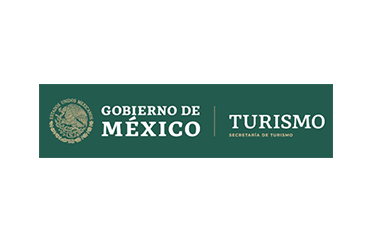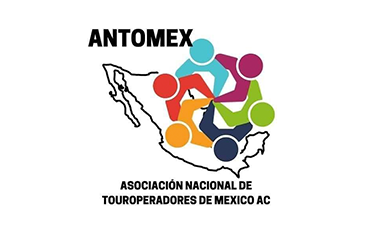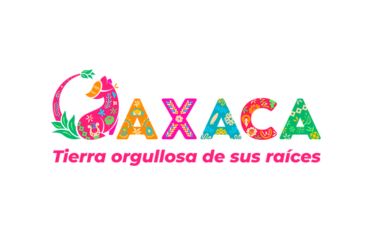Therefore, seeking to guarantee the satisfaction of tourists in a sustainable context, many tourist destinations in the world regulate the role of Guides and Mexico is not an exception. The Tourist Guide specialized in specific activities must have a Certification granted by the Federal Government, through the Ministry of Tourism, which certified the experience and knowledge to operate the following activities established in the Official Mexican Standard 09 (NOM 09 TUR 2002):
| Nature tourism | Adventure tourism |
| General environmental interpretation Environmental interpretation specialized in: Marine fauna Bird watching Whale watching Whale Shark Photographic Safari | Diving Cave diving Rafting Rafting by kayak Kayaking (sea or lake) Hiking Hiking with climbing Hiking with mountaineering Hiking with mountain biking Hiking with canyoning Hiking with caving |
It is important to mention that although there are many recreational activities carried out in our country, the Standard 09 considers only those that are offered to national and international visitors, and that their performance implies a potential risk in the integrity of those who practice it, in the ecosystem and / or in the cultural heritage.
Fulfilling these requirements, Mexico has 2,164 certified Guides as of November 30, 2020, 654 Guides certified in Adventure tourism and 1510 in Nature tourism.
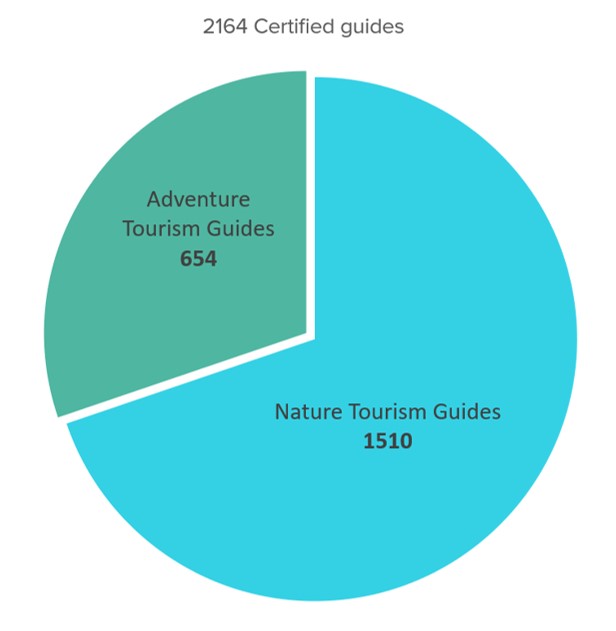
The specific activities have several factors in common, among which the following stand out:
- They develop in natural spaces
- Promote the conservation of natural resources
- They require specialized equipment and are supported by specific knowledge
- Interact with the culture and traditions of the local communities
- They may consider moving to remote areas that are sometimes not accessible
Although commercially multiple combinations are offered as a single activity, for the control of the Ministry of Tourism, a certification is required for each specialty established in the Standard 09, offered by the guides.
These activities have generated a large participation of the population, where they have certified 2,164 guides throughout the country, 622 are women (29%) operating any of the activities considered in the Standard.
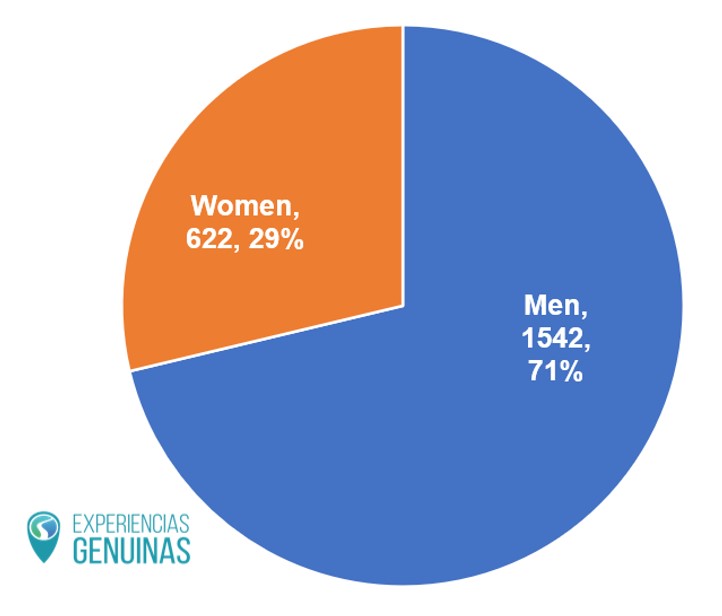
In general, the presence of certified Guides in these activities stands out in some Entities of the Mexican Republic, such as Quintana Roo with 317, Yucatán 297, Chiapas 218, Oaxaca 179, Baja California Sur 155 and Tlaxcala with 128, which represents almost the 60% of the country.
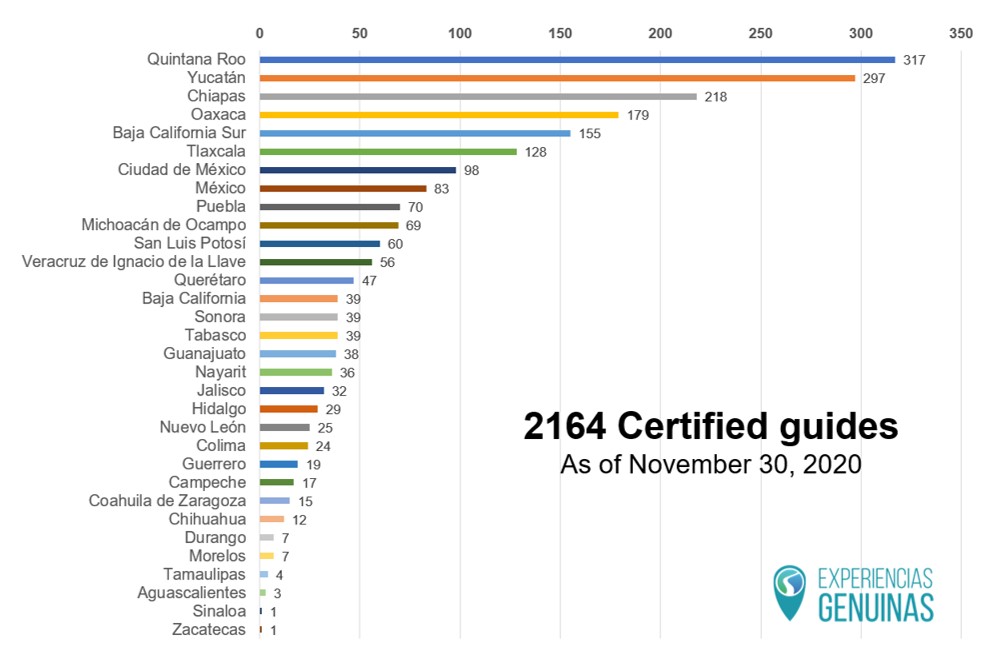
It is important to inform that, due to the Pandemic and the security requirements implemented by the Mexican government, including the suspension of office services of the Ministry of Tourism, the certifications for guides that expires will be considered valid.
Our analysis allowed us to identify that in Nature tourism some highly specialized forms of observation of nature emerge, which have environmental interpretation as a tool or base methodology.
Therefore, although NOM 09 TUR 2002 does not consider specific activities, the Ministry of Tourism integrates environmental Interpretation in general and environmental Interpretation with some specialty in the Certification for the Guides.
Currently 1510 are certified with the following specialties:
- 1386 with general environmental interpretation
- 41 in environmental interpretation with observation of marine fauna
- 9 in Environmental interpretation with bird watching
- 1 in environmental interpretation with whale watching
- 1 in environmental interpretation with whale shark watching
- 72 in environmental interpretation with photographic safaris
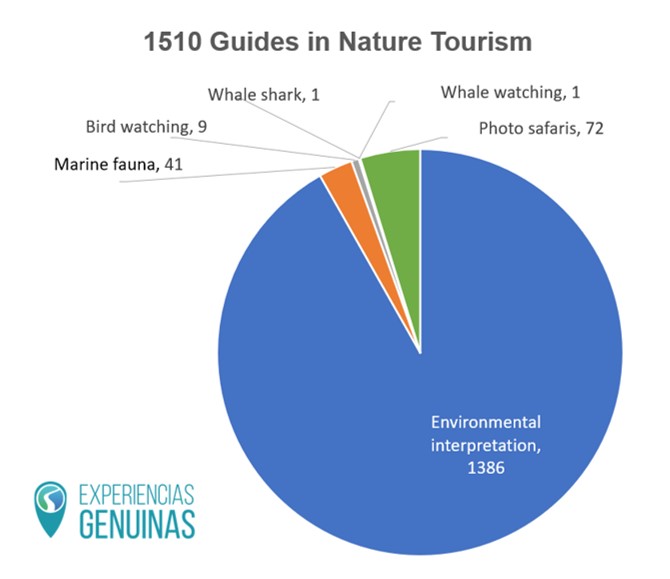
In Adventure tourism, 654 Guides are certified, according to the following specialties:
- 29 in Diving
- 1 in Cave Diving
- 35 in Rafting
- 1 in Rafting by kayak
- 4 in Kayaking (sea or lake)
- 558 in Hiking without specialty
- 1 in Hiking whith Climbing
- 1 in Hiking whith mountaineering
- 10 in Hiking whith canyoning
- 14 in Hiking whith caving
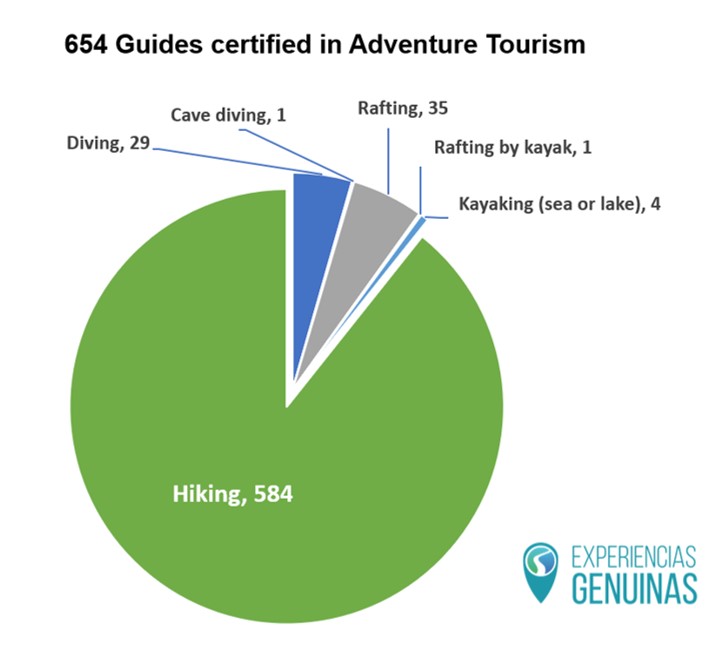
This number of 2,164 certified Guides throughout Mexico tells us about the great progress in the professionalization of these tourism service providers in recent years, however, if we consider the great cultural heritage, biodiversity and topographic characteristics of the country, there is still a lack of work to do.

